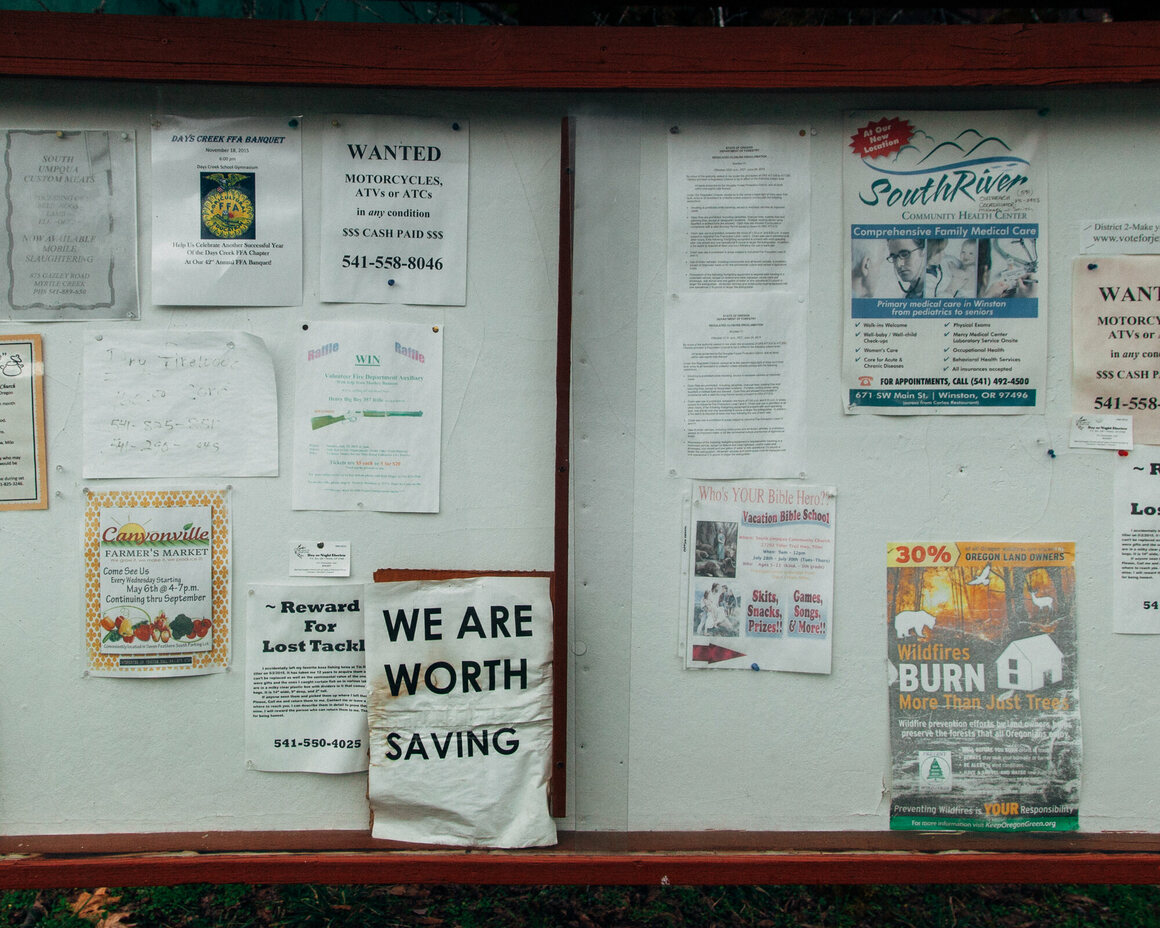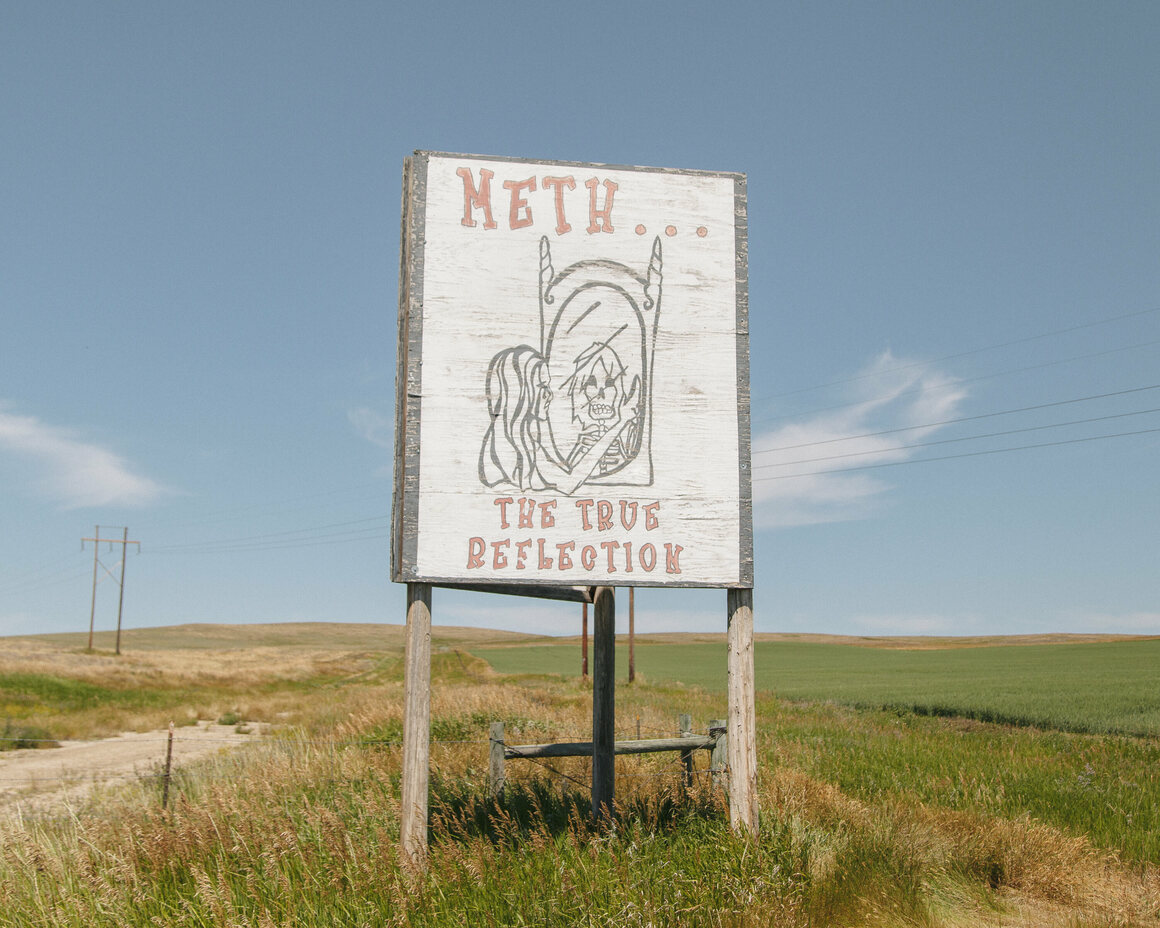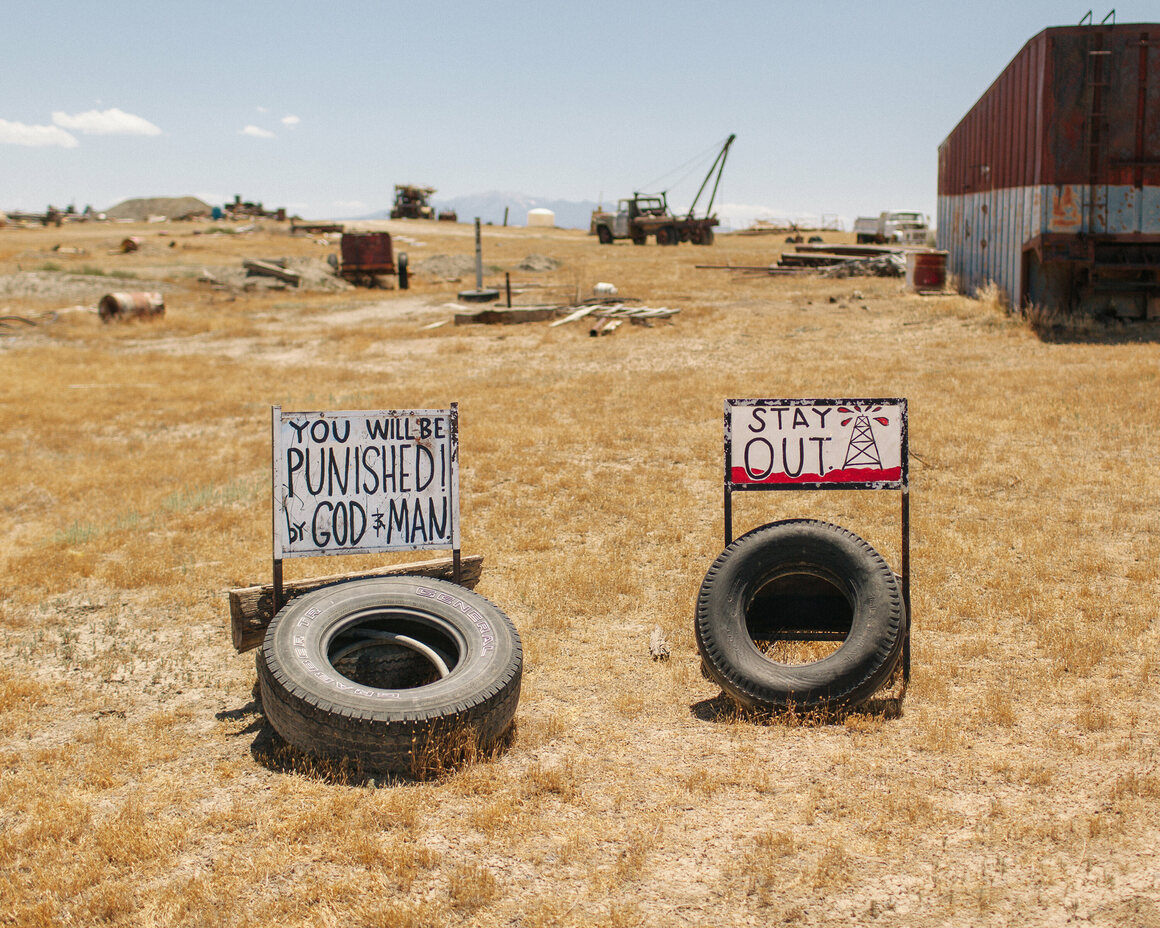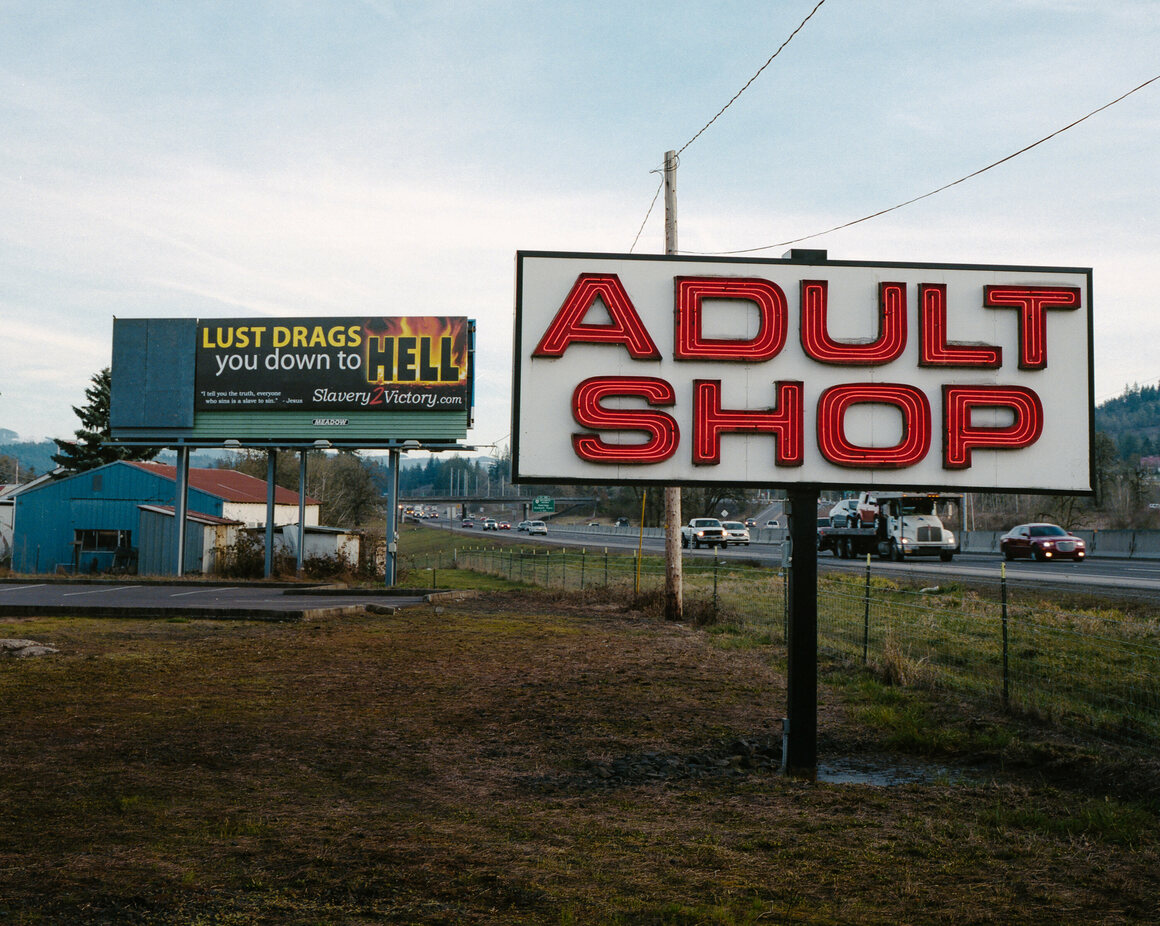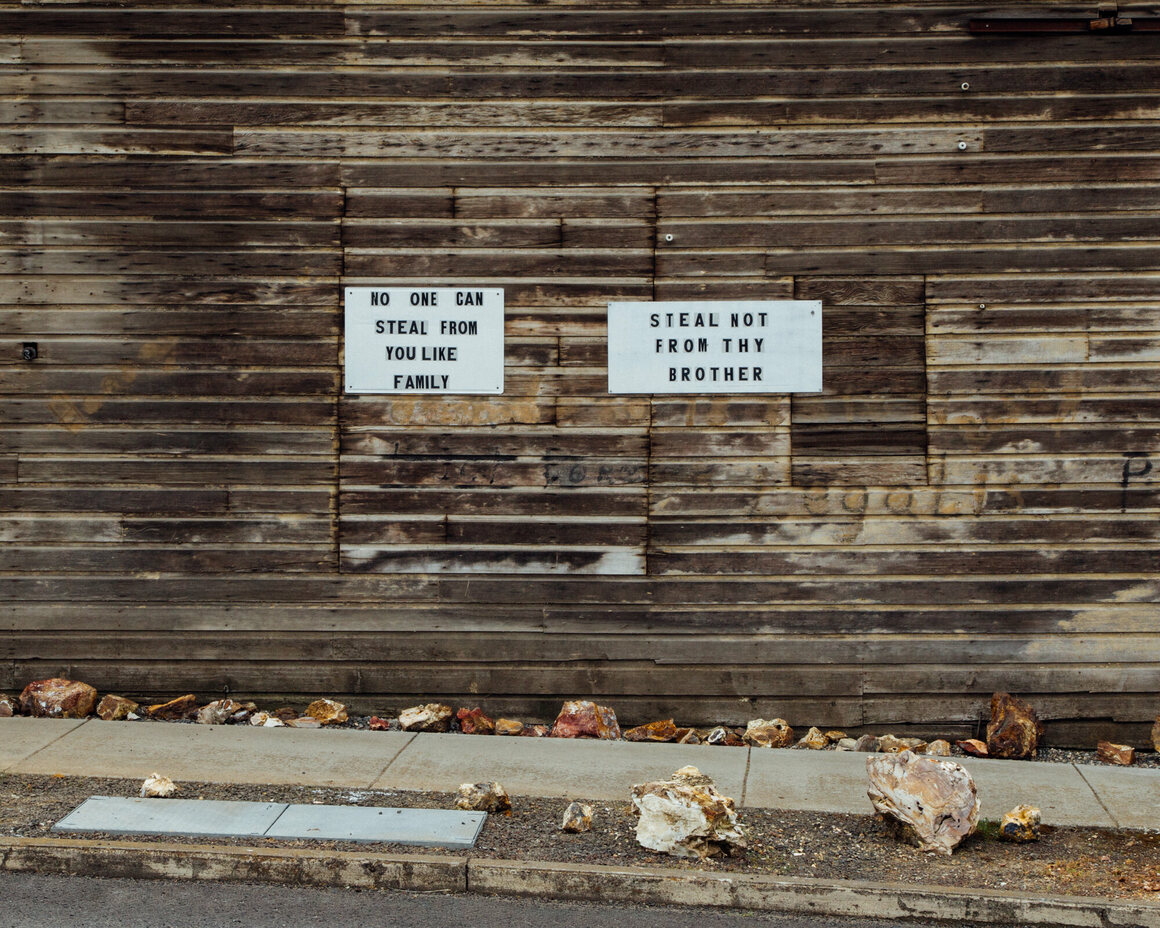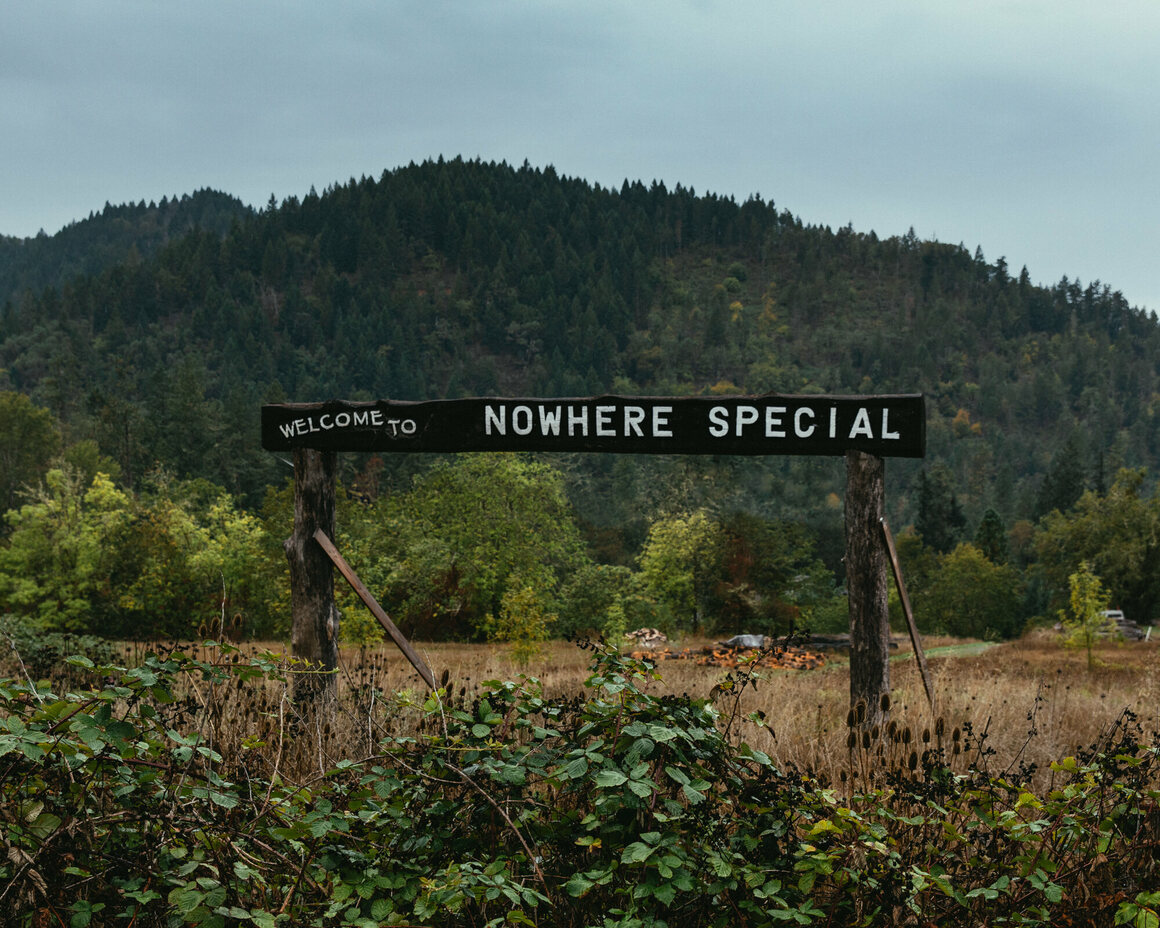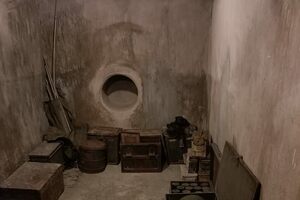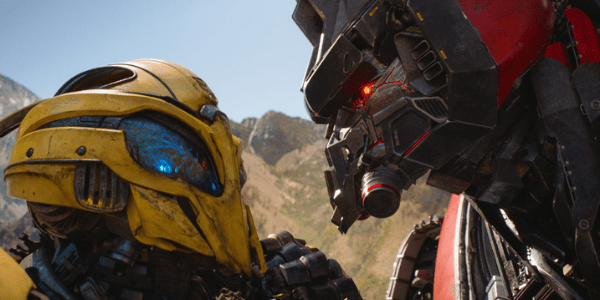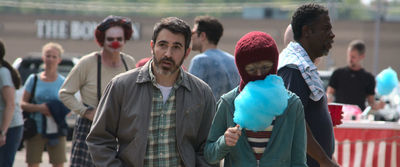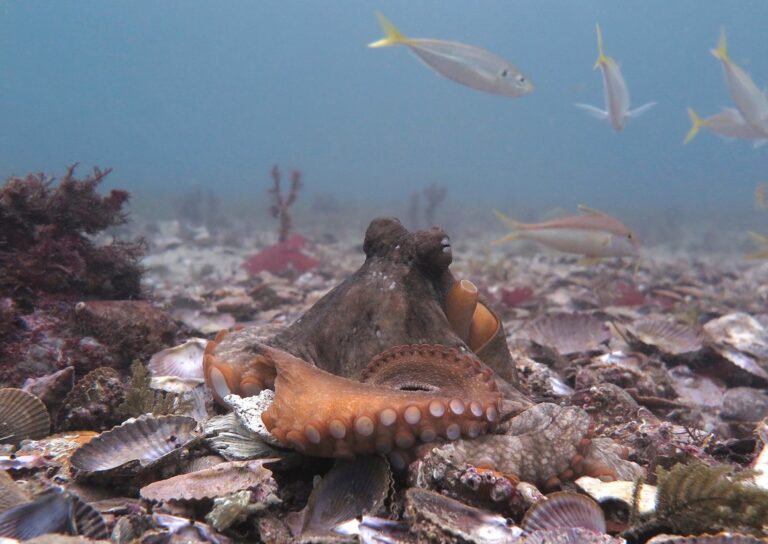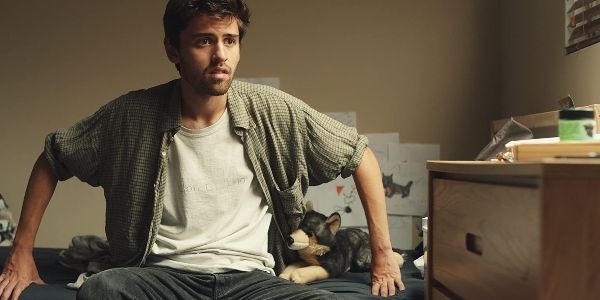Seeing America Through Its Roadside Signs
Think of your last road trip. There were sights, destinations, but as much as anything else, there were signs. For businesses, public safety messages, accident memorials, threats directed at outsiders, advertisements for worms, eggs, and firewood, reminders of sin (83-FOR-TRUTH), and, of course, political campaigns. In his book Political Sign, author Tobias Carroll compares the yard sign to a “kind of coelacanth, something that reached its ideal form long ago and has contentedly stayed there, not evolving because it didn’t need to evolve any further.” Yet within this unevolving form exists a world of variety and surrealism.
Portland-based photographer Brendon Burton sees the signs, too, but he’s looking for a specific species on his road-based safaris. On his road trips, Burton began to pull off to capture signage across the United States that caught his eye—mostly the hand-painted, graffitied, dashed-off, the unusually juxtaposed. Last month, he has released his first photobook, focused solely on signage: American Poetry.
Consisting of signs Burton photographed from 2015 to 2020, American Poetry is a way to explore Trump-era America and increasingly isolated rural communities through the art of their signs. Although many of the signs’ messages are clear, others are so decayed or removed from context that they are fragmented into a kind of poetry, or echoes from a sermon. “I think some of the very intensely religious signs on display here feel very American to me,” Carroll said of Burton’s photographs. “That blend of intense religiosity and a lack of much nuance feels like it lines up with a couple of strains in American religious history.”
Atlas Obscura spoke to Burton about his photography road trips, how signage changed in 2020, and what signs he was most drawn to.
What inspired this project?
My biggest inspiration usually comes from the New Topographics photographers, people like Stephen Shore, and artists who play with public narrative like Jenny Holzer. American road trip photography is a very simplistic way of putting what inspires me, and there’s always been road trip elements in American photography. It’s really important to remember that American culture is inherently nostalgic, but there’s also a jealousy for an earlier time that drives nostalgia hunting, the commodification of the past, and searching for “untouched” or “unvisited” places. I fell into that, too, because I want to save both the old and new signs. They’re worth saving. Archaeologically, people will obsess over the present day. Our time period right now is just baffling.
I guess I’m trying to save these signs the same way that cave biomes preserve hand pictographs for millennia. Both with ancient pictographs and these signs, there’s an element of people speaking to someone through time. I have no doubt in my mind that a lot of these signs have been completely forgotten about. I have no doubt that for some of these signs, the person who made them has died. I’ve been in such remote places, it makes me think about how many people have ever seen them.
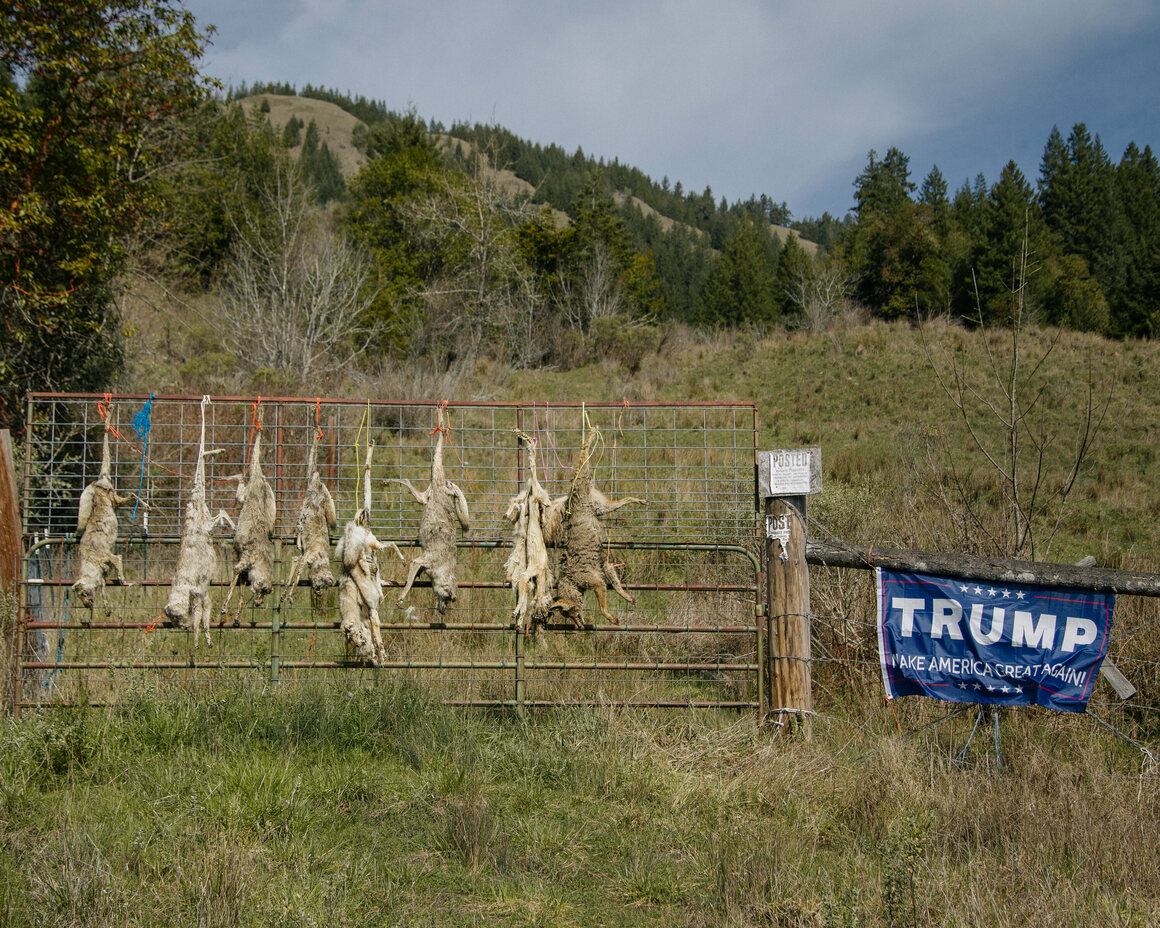
Especially in 2020, with election signs and signs about the pandemic, the role of signs seems to have changed.
Signs can be found art, outsider art, in a way. But signs are also the original social media—you’re screaming into the void, hoping that you’ll get something back. I started this project in 2015, and if you look at the signs as the years go by, there’s a building fervor, aggression, and vocalization in them. What’s fascinating to me is that most of these signs are in the Pacific Northwest. When I went to Nevada or North Dakota there wouldn’t be as many. I think a reason for that is because people in the Northwest live close to each other, and might not agree with each other. The majority of the population is in two extremely liberal cities, so the signs are put up to talk to them. Like the Trump sign beside the dead coyotes. What is that for? Is it a warning? A lot of those signs feel cathartic, like “I feel spoken to by Trump, now I’m going to let everyone know what I’m thinking.” Both rural and urban people have been subjected to such propaganda about each other, and it’s important to understand the context and ideology behind it.
For the pandemic, my main goal is to be as far away from people as possible and not interact. It adds a new twist to the signs as ways to keep your distance but still make a human connection. I only did one trip for this during the pandemic, when I was living in my car and driving to Montana. In eastern Oregon, on the way back, I started to notice tiny pieces of paper, sun-faded and stapled down one road for 100 miles. It was literal short form poetry that someone had written. The poems were about rural living and finding value in isolation despite things changing around you. They couldn’t have been that old, because they were paper. I have no idea who made them or how many people saw them on that road. It felt too good to be true.
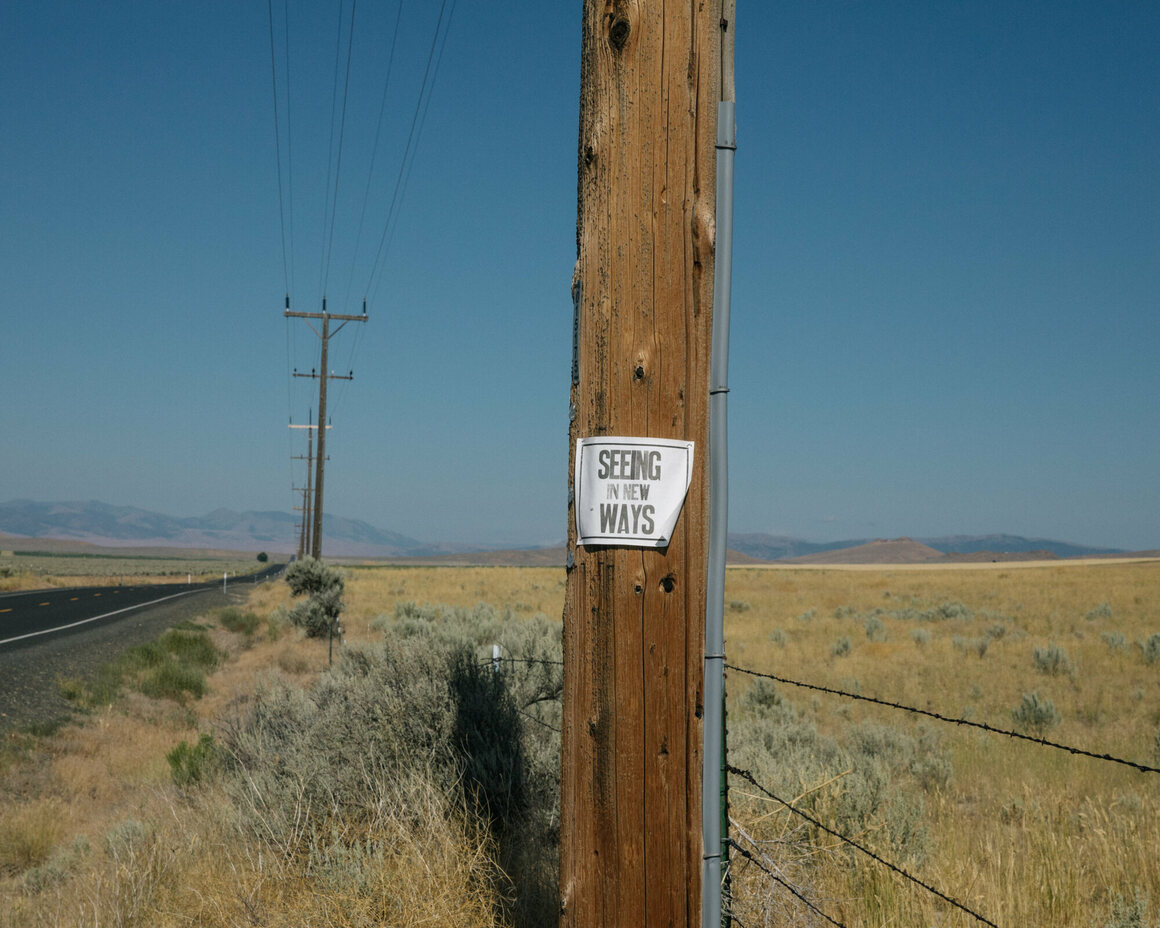
What’s your process for planning the road trips and finding signs?
When I’m going on a trip, I make a vague, vague, vague road trip plan. I pick a state and research ghost towns and small towns, and use Google Maps’ satellite function to find cool things in the middle of nowhere, and I’ll just go. You just have to put yourself out there and keep looking. After a while it’s like a second nature, where you know there’s a good abandoned house that’s worth the risk, or something worth driving 50 miles out of the way for. There were times I would jump a fence or run around to get a better angle of a sign, but there were a lot of times I just took photos out of my car, because that’s how the signs are meant to be viewed, just briefly in passing.
What was the strangest experience you had on the project?
There was a sign in front of a gymnasium in Montana that said, “Do not open, really pissed off bees inside.” I said, “Huh, what does this sign say?” and moved closer to read it, and then there were bees everywhere. Oh my God, they could have made the sign bigger. This is inviting you to get stung by bees.
There was also a small forest ranger town near my hometown called Tiller. It was 500 people, losing people quickly because it was so isolated. I remember going to the town when I was a very young kid, on the way out there to go swimming in the river, and then returning later to see it shut down. It was a realization that even in my own lifetime, I’m starting to see things become abandoned. I photographed the community signboard at the beginning of this project, where there was a sign reading, “WE ARE WORTH SAVING.” The town was later purchased by a millionaire.
This interview has been edited and condensed.
